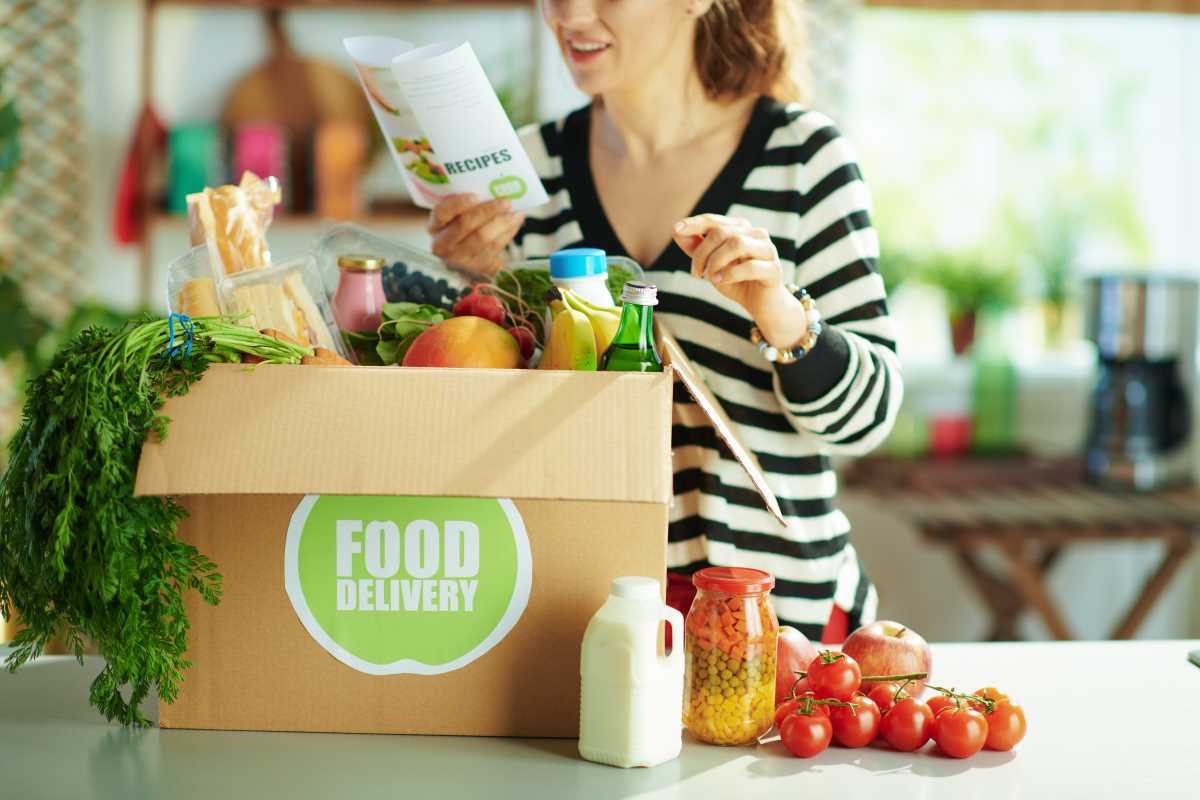Abundant harvests often result in more produce than expected, creating a challenge for many growers who want to make the most of their yield. Finding effective ways to handle this surplus and avoid waste calls for creative solutions and practical decision-making. Automated harvest box services offer a reliable answer by streamlining distribution and helping to turn excess crops into income. With these services, growers can easily package and deliver their produce, reaching more customers and making the most of every harvest. This approach not only helps manage abundance but also creates new opportunities for profit in a straightforward and efficient way.
The concept combines modern technology and traditional agriculture in a practical way. Owners of larger plots can transform their extra yield—sometimes referred to as extra produce—into profit-generating opportunities by adopting automated systems that neatly package and distribute their crops.
Automated Harvest Box Services Explained
These services eliminate the manual labor and logistical challenges of harvesting and distributing crops. Instead of sorting produce by hand and manually transporting them, these services apply automation to speed up every step. Using custom-built containers connected to advanced systems, these services efficiently collect, clean, sort, and package crops at scale.
Sensors, robotics, and real-time data monitoring help ensure that only the best produce reaches the buyers. Each part of the process maintains high standards in handling and packaging, which helps preserve the quality demanded by today’s consumers. For anyone aiming to simplify operations and increase profit margins, these systems serve as an accessible gateway to modern agriculture.
Reasons to Turn Extra Produce Into Profits
Many landowners struggle with surplus crops that might not be consumed in time. By converting this bounty into a market-ready product, owners can reduce waste and generate steady income. This method not only covers operational costs but also turns a potential liability into a success story.
When packaging and logistics are handled efficiently, additional revenue streams become possible. These systems also reduce the stress associated with traditional farming methods that require extensive manual work. The technique encourages entrepreneurial attitudes among those used to conventional practices.
How Automated Harvest Box Services Operate
The core of these services is a well-coordinated process that combines modern technology with solid agricultural practices. A comprehensive mechanism ensures that each step runs smoothly and efficiently.
The main process steps include:
- Collection: Sensors and automated pickup systems detect crop readiness and efficiently collect the harvest, minimizing waste and maintaining quality.
- Sorting and Cleaning: Machinery quickly sorts the produce by quality and type, while automated cleaning systems ensure the final product is pristine.
- Packaging: The system sorts and packages produce into specialized boxes that maintain freshness and allow safe transport to local markets or buyers.
- Distribution: After packaging, the service coordinates with local logistics providers, preparing the produce for rapid delivery to its next destination.
- Feedback and Monitoring: Real-time data collected during the process helps refine operations, ensuring continuous quality and efficiency improvements.
This process leverages modern technology, enabling users to focus on production while the system handles the details. Automation reduces many risks of manual produce handling, such as contamination or damage during transit.
Partners can access detailed reports and analytics that help them track performance and make adjustments as needed, ensuring the process remains profitable and sustainable.
Setting Up an Automated Harvest Box Service on Your Land
Creating a system that works well with your land and crop cycles requires careful planning and smart investment. Here are some tips and considerations to help you seamlessly introduce an automated harvest box service:
- Assess your farming operations thoroughly and identify opportunities where automation can cut labor costs and improve efficiency.
- Partner with trusted technology providers who understand the unique needs of farms and can supply scalable systems tailored to your situation.
- Plan your logistics taking local market conditions into account. Consider storage options, seasonal demand, and transportation routes to maximize profits.
- Provide training programs for your team so they can operate and troubleshoot the new system efficiently. This proactive step reduces downtime and keeps operations running smoothly.
- Compare initial setup costs with long-term gains. Set clear performance goals and monitor progress regularly to ensure your investment pays off.
- Maintain open communication with local distributors and retailers, ensuring your packaged products meet market standards and consumer expectations.
Each of these points plays a crucial role in making sure your system works effectively and withstands future challenges. A well-planned implementation minimizes risks and sets the stage for long-term success.
This method allows landowners to fully utilize their fields, turning each harvest into a dependable profit center while maintaining the quality and integrity of the crops.
Boost Your Profits: Tips for Success and Avoiding Common Mistakes
Managing an automated system requires close attention to detail and a willingness to adapt as you go. Staying ahead of challenges and focusing on your main goal—turning surplus into success—can lead to better results.
Use these practical tips to improve your returns and prevent common issues:
- Keep a close eye on your technology’s performance. Regular evaluations help you spot problems early, allowing adjustments before minor issues become serious.
- Prioritize maintenance and regular upgrades. The initial setup is just the start; active management ensures your system lasts and performs consistently.
- Work with experts who can share insights into best practices and new technological trends. Staying informed makes you more adaptable to upcoming changes.
- Gather feedback from your team working on the ground. Their firsthand experiences often provide useful suggestions for improving the system.
- Prepare a plan for potential system failures or unexpected production spikes. Proactive problem-solving prevents costly delays.
Automated systems can transform surplus crops into valuable assets, making farms of any size more competitive. Thoughtful planning and execution unlock new opportunities and reveal your land’s full potential. Take each step confidently toward a more successful future.
 (Image via
(Image via





